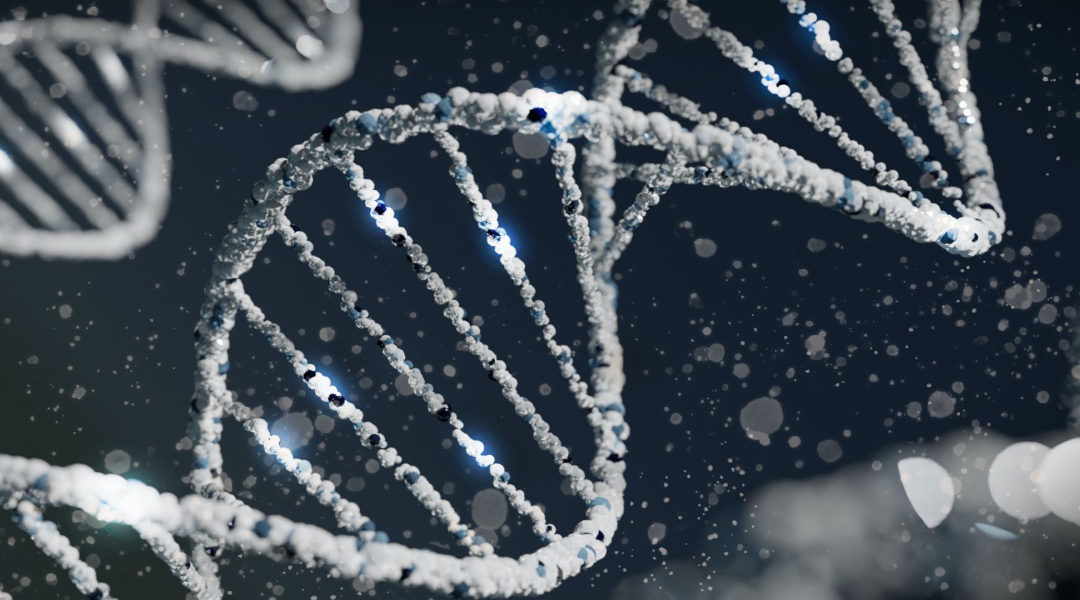DNA holds all the genetic information of every living cell in your body. To avoid mutations that can lead to diseases, it’s essential to maintain the integrity of DNA replication. Changes in DNA’s structure cause genomic instability and, in some cases, cancer. There are two major causes of DNA damage:
- Replications of wrong nucleotides bases
- Chemical changes due to radiation and other environmental factors
With up to 1 million DNA changes every day, there are plenty of chances for things to go wrong, as follows:
- UV radiation can damage skin cells, causing skin cancer.
- Smoke damages lung cells, which may mutate, causing lung cancer.
- Free radicals, a byproduct of metabolism, can cause mutations and, potentially, disease.
Types of DNA Repairs
Cells have developed mechanisms to repair damage due to DNA replication errors or environmental factors. Direct reversal, excisions and double-strand break repair are the main mechanisms of DNA repair.
Direct Reversal
Direct reversal is a type of DNA repair mechanism that doesn’t need a template. It’s effective when UV light damages cells. Photoreactivation can reverse the effect via light energy that tears apart the covalent bond between irregular pyrimidine bases. However, this process doesn’t happen in humans.
In mammals, direct reversal repair can sometimes stop DNA and RNA mutations without ligation or excision.
Excision Repairs
Excision is the most common type of DNA repair for single-strand damage. The undamaged strand serves as a clean copy to replace anomalies. There are three types of excision repair:
- Base-excision repair
- Nucleotide excision repair
- Mismatch repair
Nucleotide excision repair is widely used to reverse DNA damage.
Double-strand Break Repair
What happens if both strands suffer damage? There are two types of double-strand break repair, homologous recombination and nonhomologous repair.
Homologous recombination exchanges nucleotide sequences to fix defective base pairs on pair strands of DNA. Nonhomologous end-joining repairs connected broken strands using short DNA sequences.
Mutations are part of life. However, thanks to a system of checks and balances, DNA can often repair damage introduced through environmental factors or through the process of variation and evolution. While all these methods are prone to error, they help safeguard the genome and preserve its integrity.

